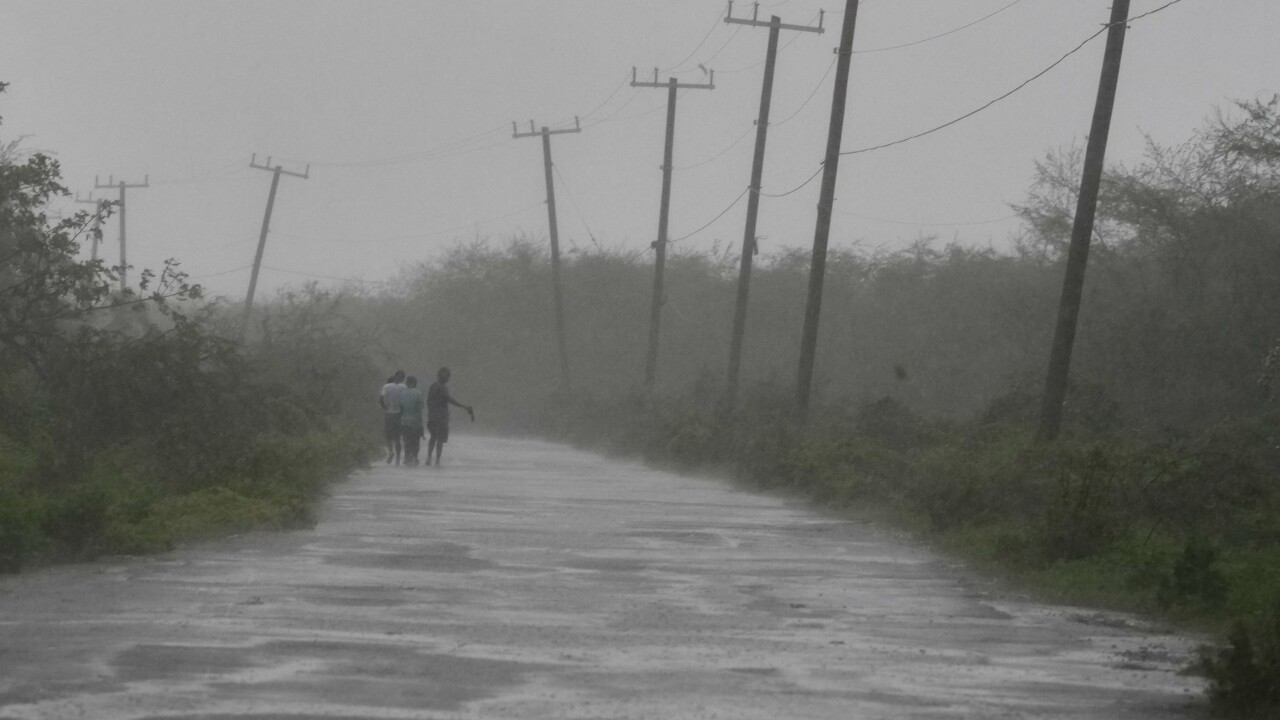Hours after Hurricane Melissa made landfall on Jamaica’s southern coast as one of the strongest storms on record, it slammed into eastern Cuba as a Category 3 early Wednesday.
Melissa was still considered a major hurricane despite significantly weakening Tuesday afternoon as it crossed Jamaica’s mountainous terrain. The storm first made landfall near New Hope, Jamaica, around noon local time as a Category 5 hurricane with top winds of 185 mph — among the most powerful ever recorded in the Atlantic basin.
At landfall, Melissa’s central pressure dropped to 892 millibars, making it the most intense hurricane to strike land in the Atlantic since 1935 and tying it for the third-most intense storm ever recorded in the basin.
As of Wednesday morning, the extent of the damage in western and central Jamaica was unclear. While Jamaica’s largest city, Kingston, avoided the worst of the wind, Melissa still battered the capital.
RELATED STORY | Researchers say modern, powerful hurricanes need a new category
Desmond McKenzie, Jamaica’s minister of local government, told reporters that areas impacted by Melissa’s eyewall faced extreme damage.
“Jamaica’s gone through what I can call one of its worst periods,” he said. “Our infrastructure has been severely compromised. St. Elizabeth is the breadbasket of the country, and that has taken a beating. The entire island has felt the brunt of Melissa.”The United States is prepared to provide aid to Jamaica despite Trump administration cuts to assistance programs.
“On a humanitarian basis we have to, so we’re watching it closely and we’re prepared to move,” President Trump said early Wednesday. “It’s doing tremendous damage. As we speak, it’s right there right now.”Hurricane Melissa is still not done causing havoc. It is expected to strike the central Bahamas on Wednesday. A hurricane watch is also in effect for Bermuda as the storm could come close to the island later this week.





